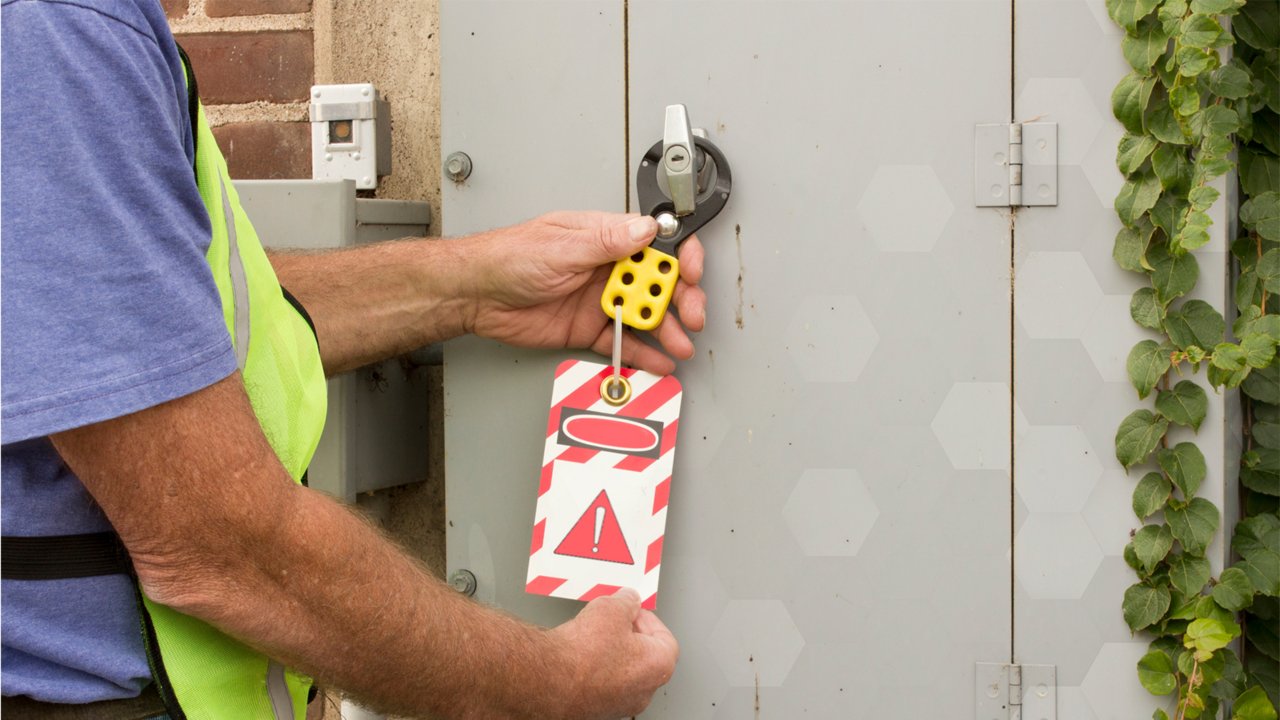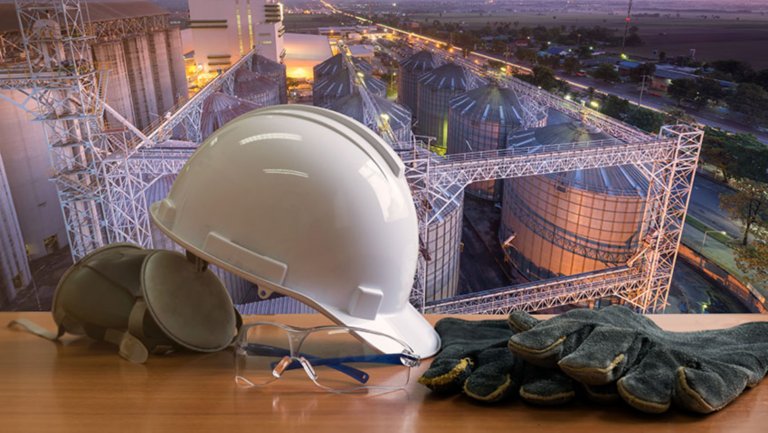Where to Keep Your Locks and Devices
For a lockout/tagout program to be effective, several key components must be established. One of these key components is having the necessary hardware for servicing activities. Locks and devices are the instruments for performing lockout, so overall accessibility of these tools is critical. Determining the best placement of these devices is the difference between an efficient lockout/tagout program and an inefficient one.
Often, this will determine whether employees will or will not use lockout when needed, and in the case of the latter, there is the possibility of needless near misses, injuries, or fatalities. So where is the most ideal place to keep lockout devices?
The number one recommendation when deciding where to place lockout device storage cabinets is to keep it easy and accessible. Many workers have complained that if it takes more than a few minutes to retrieve a simple lock and tag, they would rather skip the entire step and work on the equipment without proper lockout.
Fortunately, keeping lockout hardware within reach is a possible solution.
When the time comes, authorized employees can quickly notify operators and other personnel of the lockout being performed, and at the same time acquire the proper locks and devices after reviewing the lockout procedure. The less distance employees must walk from the machine to the lockout device storage, the more likely they will actually lock out the machine.
Depending on the layout of the facility, proper placement of the storage cabinets for maximum efficiency may vary. Some facilities have one main building, with large open space where all production lines run. Other facilities are compartmentalized, with each production line separated from one other. And still others are even more complicated, with maze-like layouts.
Here are some recommended options for each situation:


